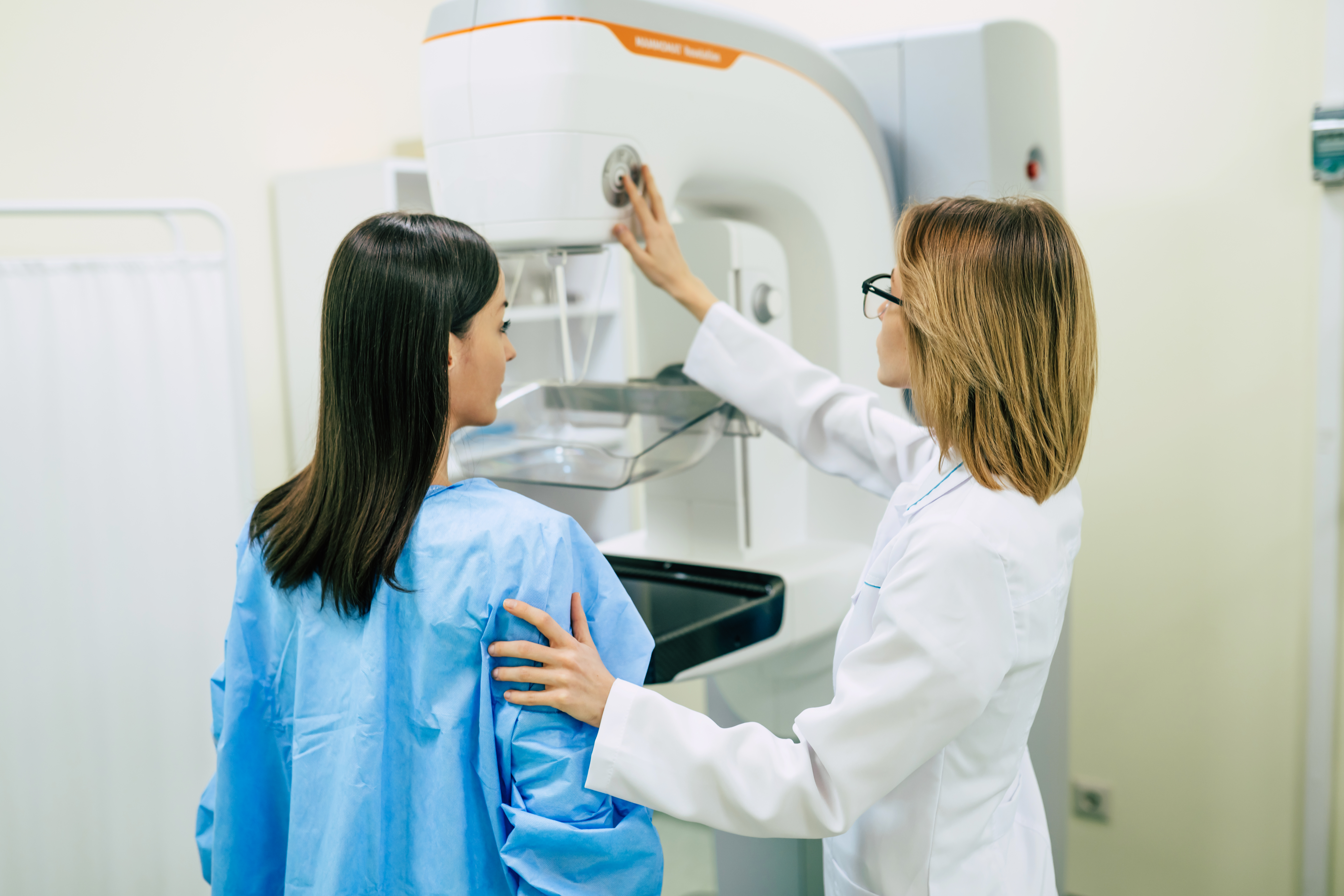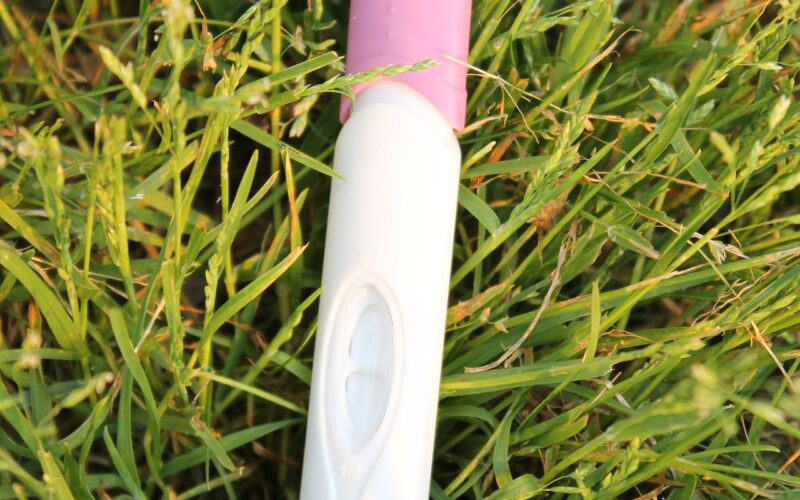A few weeks ago, we featured a pair of articles—one on miscarriage, and one on the effects of low progesterone—that both mentioned the term “chemical pregnancy.” But what exactly is a chemical pregnancy, and why is it even called that? How common are chemical pregnancies, and do women even know they’ve had them? Are they even “real” pregnancies?
This week, we hope to answer some of the questions and clear up some of the misconceptions surrounding the common phenomenon known as chemical pregnancy. We’re also sharing the personal experience of Johanna, who has had a chemical pregnancy—a pregnancy she wouldn’t have ever known about if she hadn’t been charting her cycles with a Fertility Awareness Method (FAM).
So, what exactly is a chemical pregnancy? Simply put, a chemical pregnancy is the term used for a very early pregnancy that does not develop, and ends in miscarriage (i.e., a miscarriage that occurs between weeks 4 and 5). It is a miscarriage that begins and ends before the gestational sac or fetal heartbeat can even be detected via ultrasound. In fact, a chemical pregnancy is such an early miscarriage that many women may not even realize that they had been pregnant at all, and typically results in what appears to be a late, possibly heavier period.
Why is it called a “chemical” pregnancy?
Over-the-counter pregnancy tests measure the level of human chorionic gonadotropin (HCG) in a woman’s urine. HCG is immediately produced by the embryo after it implants in the woman’s uterine lining, which is why it is known as the “pregnancy hormone.”
Some women, after hearing from their doctors that they had a chemical pregnancy, think it is something like a simulation pregnancy, not a real one. In a chemical pregnancy, an actual pregnancy does occur: an embryo implants and begins producing HCG. However, in a chemical pregnancy, something goes wrong very shortly after implantation. That is why a woman experiencing a chemical pregnancy will get a positive pregnancy test if she tests early enough, only to be followed by a negative test and/or bleeding a few days later. However, most women are unlikely to test so early unless they are actively trying to get pregnant (or perhaps extra anxious about the possibility of being pregnant). It is unsurprising, then, that 50-75 percent of miscarriages are chemical pregnancies, and go completely unnoticed by many of the women who experience them.
But for women who chart with a fertility awareness method or method of natural family planning, neither the pregnancy nor the miscarriage may go unnoticed at all.
Johanna is the mother of 8 children—5 earthside, and 3 in heaven, as she puts it. One of her miscarriages was so early, that had she not been diligently charting her cycle at the time, she may not have realized that the pregnancy had ever even happened.
A real loss
Johanna’s first miscarriage occurred at 4 weeks and 5 days, and was therefore considered a chemical pregnancy. Soon after finding out she was pregnant through her charting and an early pregnancy test, Johanna unfortunately started experiencing some pain that concerned her—enough that she and her husband decided to rule out an ectopic pregnancy. This was an especially urgent matter to attend to quickly, as Johanna’s husband had military orders to Guam, and their family would be moving there later that week.
So when Johanna started experiencing worrisome symptoms like severe one-sided pain, they needed to find out right away if she would be safe to fly overseas. “Had I not been charting,” Johanna says, “I wouldn’t have known I was pregnant, and I would not have known to be checked for an ectopic pregnancy. I could have been in a potentially life-threatening situation if complications had arisen from an ectopic pregnancy while traveling overseas.”
Thankfully, Johanna did not have an ectopic pregnancy. But sadly, she did miscarry shortly after discovering she was pregnant. Johanna is grateful that she was charting during this time, so that she and her family could know about, and honor, the short life of their baby.
“Although it was early,” says Johanna, “it was our first loss after three healthy pregnancies, and so it was unexpected and quite devastating. It was also our first tip-off that hormonally, I had issues going on that needed to be addressed.”
Johanna believes that “too often, friends, family and medical professionals dismiss the pain or simply refuse to acknowledge a loss when it occurs this early, which can lead to greater difficulty for the parents in moving through their grief. Support and acknowledgment for losses at every stage is crucial.”
More than just a chemical reaction
Chemical pregnancies are real pregnancies, and therefore the women who have had them may experience true feelings of sadness and loss. These are completely normal, justified reactions, and the grief that may accompany a chemical pregnancy should never be downplayed. And while chemical pregnancies are common, and most often due to chromosomal abnormalities within the embryo, they can also be a sign of other issues—especially if chemical pregnancies or later miscarriages are a recurring event.
As Johanna discovered, charting one’s cycle with a Fertility Awareness Method is an important tool in identifying potential underlying factors contributing to miscarriage, and getting help in correcting them. Physicians trained in restorative reproductive medicine are especially equipped to understand the wealth of information in women’s charts, not only in regard to their fertility, but their overall health as well.
If you or someone you love has experienced a miscarriage at any stage, know that the pain is real—but so is the potential for healing. You may be ready to start trying to get pregnant again, or you may want to wait. Either way, it’s wise to chart your cycle after miscarriage, and surrounding yourself with those who will support you as you grieve are important ways to heal from your loss, no matter how early it occurred.
Additional Reading:
5 Ways the Medical Community Can Support Women Who Experience Miscarriage
Endometriosis, Miscarriage Risk, and Hope for Healing
How to Chart Your Cycle and Figure Out When You Will Ovulate After a Miscarriage
Progesterone Helps Prevent Miscarriage: Good News for Moms and Babies
Four Things Everyone Needs to Know About Miscarriage
Healing After the Loneliness and Heartbreak of a Miscarriage







